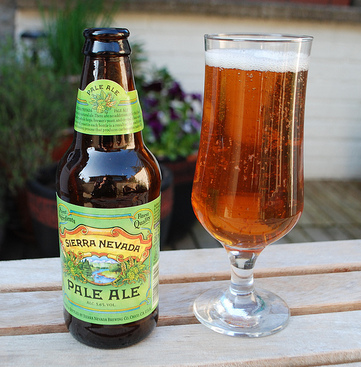The Ultimate Distillery Experience: From Grain to Glass, Everything You Need to Know
Starting a trip with the complexities of the distillery procedure introduces a globe where science meets virtuosity in the development of spirits. From the cautious option of grains to the thorough crafting of each bottle, every action in the assembly line plays a critical function fit the last item that enhances our glasses. As we look into the nuances of taste, aging, and purification accounts, a much deeper appreciation for the craftsmanship and commitment behind each sip arises. Join us as we unwind the layers of proficiency and passion that culminate in the best distillery experience.
The Art of Grain Selection
Selecting the optimal grains is a vital action in the distillation process, identifying the taste account and top quality of the end product. The sort of grain selected substantially affects the personality of the spirit being generated - Galveston Whiskey. Common grains utilized in distillation include barley, wheat, corn, and rye, each conveying distinct flavors and qualities to the last product

Beyond taste considerations, the quality and purity of the grains are paramount. Distillers thoroughly source grains to guarantee they are free from pollutants and have the required starch material for fermentation. By mastering the art of grain option, distillers lay the structure for creating phenomenal spirits that captivate the palate.
Purification Process Demystified
Having actually developed the structure with precise grain choice, the purification procedure emerges as the transformative stage where the significance of the chosen grains is unlocked and fine-tuned right into a spirited form. The procedure doesn't finish there; numerous distillation runs or additional steps such as aging in barrels may better improve the spirit, improving its flavor, character, and complexity. Comprehending the intricacies of the purification procedure is important for creating high-grade spirits that mesmerize fanatics and aficionados alike.
Barrel Aging and Flavor Growth
During the barrel aging process, spirits go through a transformative trip as they communicate with the timber, absorbing nuanced tastes and creating an abundant complexity. As spirits age in the barrels, they extract substances such as vanillin, lignin, and tannins from the timber, adding to the advancement of scents like vanilla, caramel, flavor, and even hints of toasted oak.
Furthermore, the aging procedure enables for oxidation to occur, leading to additional chemical reactions that mellow the spirit and round out any kind of severe sides. The porous Continue nature of wood additionally enables the spirit to take a breath, assisting in the combination of flavors over time. Depending on the duration of aging and environmental conditions like temperature level and humidity, spirits can obtain various characteristics, from subtle timber notes to deep, complex flavors that make each set one-of-a-kind. Inevitably, barrel aging plays an essential role in forming the distinct taste account of each spirit, providing a sensorial trip for connoisseurs to relish.
Craftsmanship in Bottling and Labeling
As spirits reach their ideal taste accounts with barrel aging, the meticulous craftsmanship in bottling and classifying ends up being the next critical action in providing a costs product to customers. The process of bottling and labeling is a critical facet of the general distillery experience, as it is the final touchpoint prior to the product reaches the hands of customers (Galveston Whiskey). Workmanship in bottling involves making sure that each bottle is filled specifically with the spirit, considering variables such as uniformity in fill levels and the avoidance of any impurities getting in the container

Tasting and Appreciating Fine Spirits
To fully appreciate fine next page spirits, one should engage all the senses in a deliberate and mindful sampling experience. When sampling fine spirits, it is essential to begin by observing the spirit's look. Swish the spirit in your mouth to completely experience its appearance and taste.
Conclusion
To conclude, the distillery experience incorporates the complex art of grain selection, the precise distillation procedure, the transformative barrel aging, the thorough workmanship in classifying and bottling, and the advanced method of sampling and valuing fine spirits. Each step in the production process plays an essential role in developing high-quality spirits that mesmerize the detects and joy aficionados worldwide.
The type of grain chosen dramatically affects the character of the spirit being produced. By grasping the art of grain choice, distillers lay the foundation for producing outstanding spirits that captivate the taste.
/https://static.texastribune.org/media/files/ad5ab7b80fc5f2bd06df97dde9a096d4/01%20Beer%20to%20go%20SF%20TT.jpg)